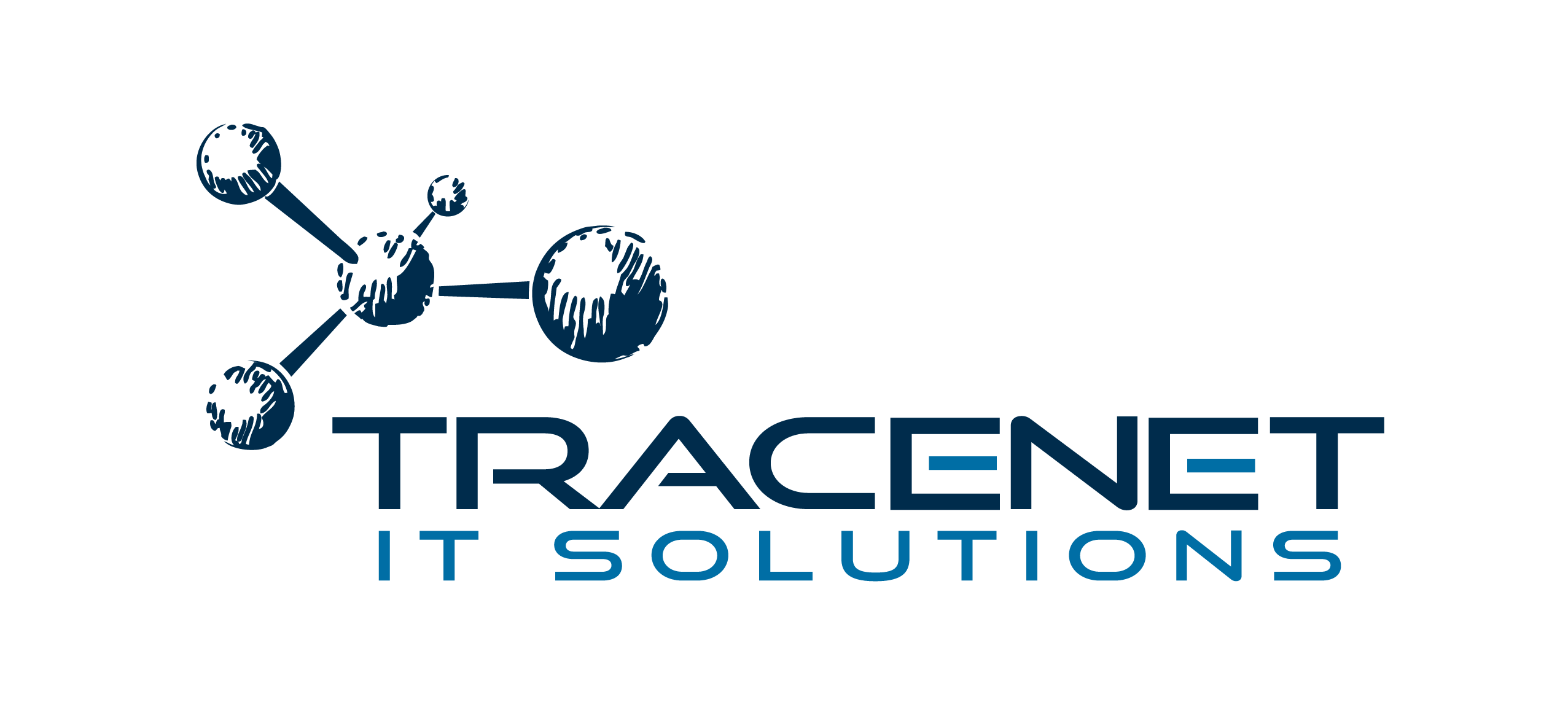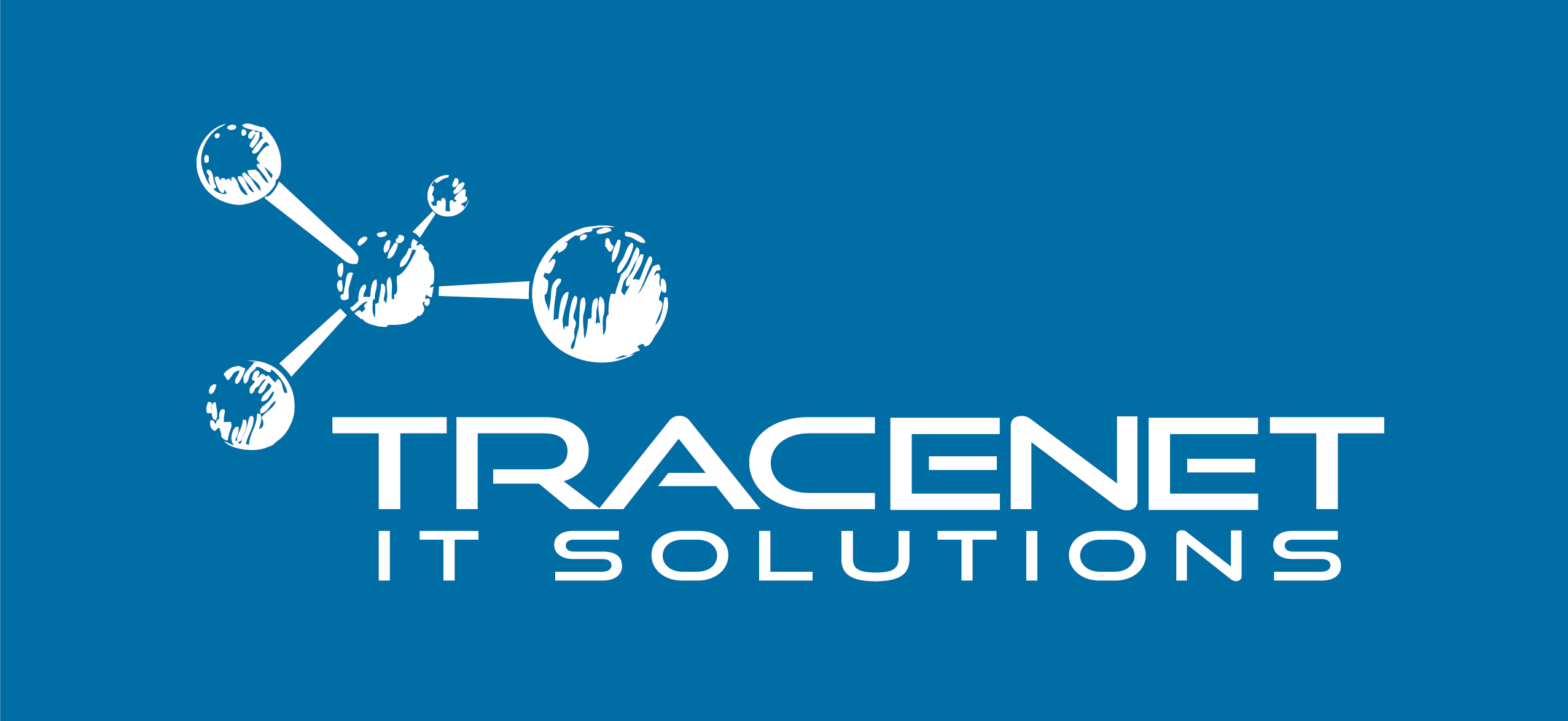According to UNESCO’s Inclusive Policy Lab, “the rapid growth of the Internet of Things (IoT) raises urgent privacy concerns, despite its potential benefits.” So, although smart devices connected to the Internet of Things are on the rise these days, there are some concerns about data privacy, which we’ll address in today’s blog.
What is the Internet of Things?
The Internet of Things is a concept related to the incorporation of physical objects into different technologies to connect them to the Internet, allowing seamless communication between people and these objects, which can range from household objects to industrial tools. As for the integrating technologies present in the IoT, we have Artificial Intelligence, sensors, machine learning, network protocols, cloud computing, natural-language processing, among others.
What are the applications of the Internet of Things?
The Internet of Things (IoT) has a wide range of applications in various areas, providing significant benefits for companies and consumers. Here are some of the main applications of IoT:
Smart Cities: IoT is used to improve the efficiency of urban services, such as smart street lighting, waste management, traffic monitoring and optimized public transport.
Connected Health: IoT is applied to connected medical devices, remote patient monitoring, medication management, smart home care and data collection for medical analysis.
Industry 4.0: IoT plays a key role in the digital transformation of industries, enabling process automation, predictive machine maintenance, real-time asset monitoring and supply chain optimization.
Smart Agriculture: through sensors and connected devices, IoT is used in agriculture to monitor weather conditions, optimize irrigation, track animals, manage crops more efficiently and automate agricultural tasks.
Connected Home: IoT is applied in smart homes to control household devices, security systems, thermostats, lighting, appliances and energy management remotely and automatically.
Connected Vehicles: IoT is fundamental to the development of connected and autonomous vehicles, enabling vehicle-to-vehicle communication (V2V), vehicle-to-infrastructure communication (V2I), driver assistance systems and traffic optimization.
Logistics and supply chain: IoT is used for real-time tracking of goods, inventory management, optimization of delivery routes, monitoring of storage conditions and loss prevention.
What is the Internet of Things privacy?
According to Unesco, “IoT devices can collect large amounts of granular data on individuals’ daily habits and activities”. This means that IoT-connected devices collect data on consumption patterns, location, health, etc. With this amount of data shared, individuals are limited in what they share and what they don’t, because they have no control over it.
Shall we learn more about these risks? Read the next topic!
What are the challenges related to the Internet of Things privacy?
Objection and disbelief towards IoT devices often arise from issues related to cybersecurity and privacy protection. As hackers and other malicious actors progress, it becomes increasingly challenging for companies to guarantee the protection of their IoT devices. In addition, there is a lack of trust on the part of the public.
Consumers are concerned about the possibility of their privacy being violated, both by the companies responsible for protecting their data and by malicious actors. Here are the main risks:
Excessive data sharing: There are billions of connected devices around the world that generate huge amounts of data in just one day. Those acting in bad faith have many targets and opportunities to compromise consumer privacy. As a result, IoT device manufacturers and the companies that use these devices have a difficult job to ensure public trust.
Personal space intrusion: Cybercriminals can target an unsecured IoT device or network to access personally identifiable information (PII) or other sensitive information about consumers. Device manufacturers and the organizations that use these devices also have access to PII data and must take precautions to prevent unauthorized access and misuse.
Sharing private data: A device manufacturer can include in its small print how it shares consumer data with third parties. If consumers don’t read the legal text that accompanies their sensors, connected cars and other devices, they may unknowingly have their sensitive data seen and used by these third parties.
Cybersecurity: The increase in cyberattacks and the sophistication of hackers make it increasingly difficult to guarantee the security of IoT devices. Companies and users face the challenge of protecting their data from breaches and unauthorized access.
Public distrust: Consumers’ lack of confidence in the protection of their data is a significant obstacle to the widespread adoption of IoT. Privacy concerns make many users hesitant to use connected devices.
Faced with these challenges, it is crucial that manufacturers, regulators, and users work together to develop and implement robust IoT security and privacy practices. This includes adopting security standards, clear privacy policies, educating the public about their rights and responsibilities and investing in technologies that protect user data.
What does legislation say about the Internet of Things privacy?
Legislation and regulations in the area of the Internet of Things privacy make it possible to protect the rights of users and define the responsibilities of companies that develop and use IoT devices. In many countries, there are specific laws and regulations that address data protection and privacy, such as the General Data Protection Regulation (GDPR) in the European Union and the Personal Data Protection Act (LGPD) in Brazil.
However, the IoT presents unique challenges for privacy regulation due to its distributed and interconnected nature. The collection of data by multiple devices and its aggregation for analysis complicates applying privacy principles such as informed consent and data minimization. There are currently ongoing discussions about the need to update and adapt existing laws to specifically address the challenges of the IoT. This includes issues such as device security, transparency in data collection and the role of companies in using this information.
In addition to laws, norms and technical standards are also being developed to promote security and privacy in the IoT. Organizations such as the National Institute of Standards and Technology (NIST) in the United States and the European Telecommunications Standards Institute (ETSI) in Europe work on drawing up technical guidelines for manufacturers and developers.
International cooperation is essential in this context, due to the global nature of the IoT. Secure data sharing agreements between countries, efforts to harmonize regulations and collaboration in research and development of secure technologies are key to ensuring a consistent and effective approach to protecting privacy in the IoT.
However, as IoT technology advances rapidly, new challenges and ethical dilemmas are constantly emerging. Issues such as privacy in wearable devices, autonomous cars and smart environments require continuous reflection on how laws and regulations can evolve to protect the rights of individuals while promoting technological innovation.



